Articles
The 2025 Retail Innovator’s Guide to Creating Future-Ready Stores
Explore 30 actionable strategies across 6 high-impact retail priorities to future-proof your stores for 2025 and beyond.
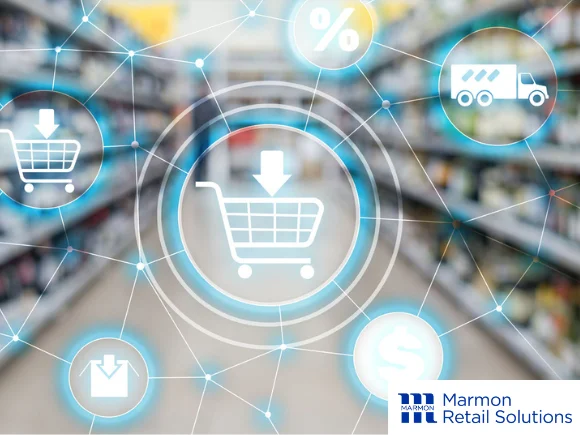
Retail’s next wave of winners won’t just try out new ideas—they’ll act with renewed focus. As brick-and-mortar stores evolve and shopper expectations shift, innovation must be intentional, grounded in store operations, and built to deliver value across multiple touchpoints.
This guide is for retail innovators ready to bring that kind of clarity to their next move. From layout and labor to media and checkout, it outlines six areas where forward-thinking teams can take action—confidently, practically, and without losing momentum, margins, or flexibility.
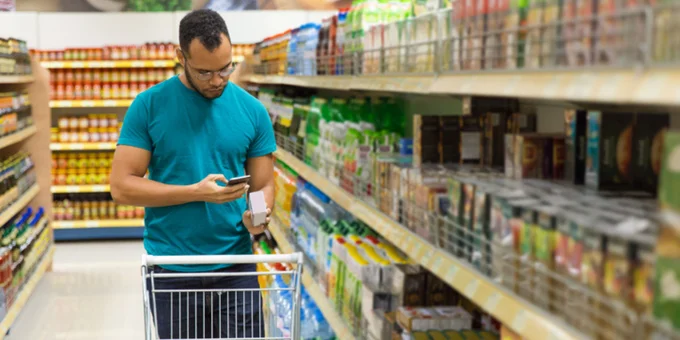
1. Connect Channels, Empower Omnichannel Shoppers
More and more consumers today expect seamless movement between digital and physical channels, from mobile discovery to in-aisle action to curbside pickup. And as digital influence grows, retailers are rethinking the store’s role in the journey.
Retail research firm Flywheel Digital estimates that e-commerce drives 20% to 30% of retail sales. But when in-store purchases influenced by online activity are factored in, that number climbs sharply. As the graph below shows, by 2027 digitally influenced sales are projected to account for 70% of all U.S. retail sales.
With numbers like that, it’s not hard to understand why top-performing retailers are reconfiguring their stores as digital assets—critical to click-and-collect, loyalty integration, and in-store messaging. The goal? A connected experience from browse to pickup to post-purchase.
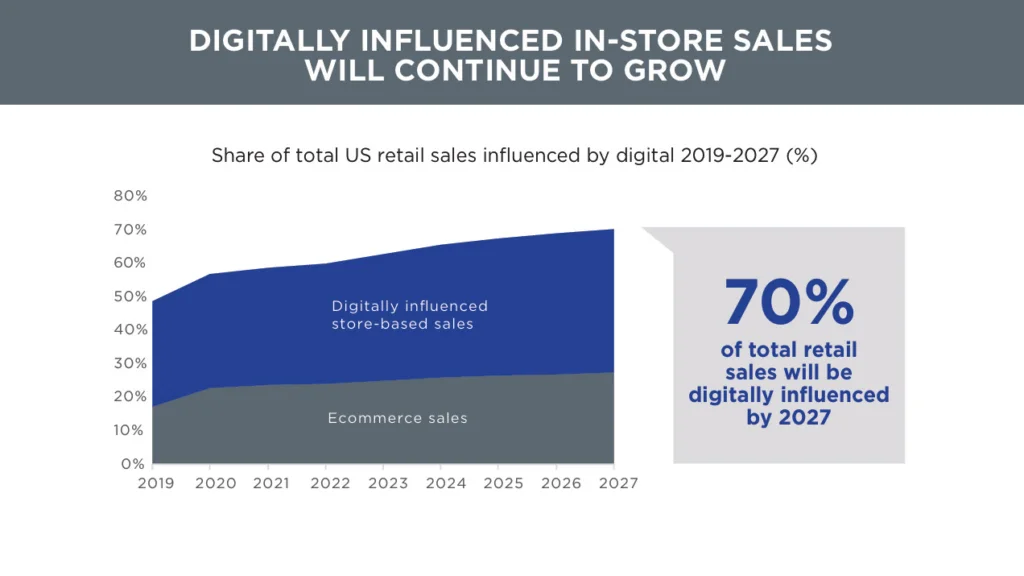
What You Can Begin to Do Now:
- Design stores as fulfillment and engagement hubs. Integrate staging areas and branded pickup counters that reinforce both efficiency and loyalty.
- Extend e-commerce behavior into the aisle. Use QR codes, mobile apps, or screens to let shoppers research, apply offers, and compare while they browse (see also No. 5).
- Train associates to support the omnichannel trip. Help staff guide app usage, loyalty redemptions, and digital pickups—all while reinforcing brand experience in-store.
- Streamline digital-to-store handoffs. Fix common breakdowns—missed promos, unclear pickups, or broken app flows—through cross-functional coordination.
- Measure influence, not just transactions. Track how online behaviors (e.g., search, reviews, promo clicks) drive in-store activity and long-term value.
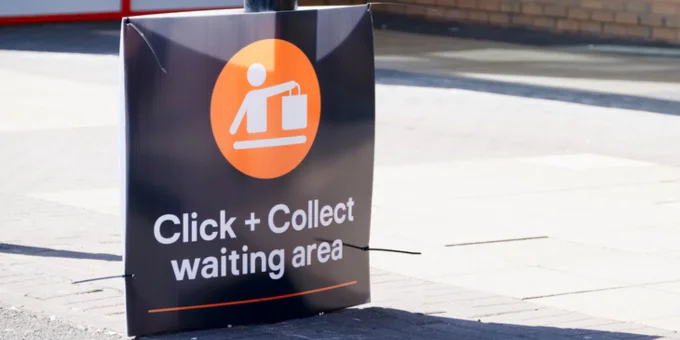
2. Redesign Store Ops for Flexibility and Fulfillment
As shopper journeys grow more dynamic, retailers must rethink how their stores operate. Today’s locations need to do more than ring up purchases: They must fulfill online orders, support in-store messaging and promotions, and move stock more efficiently.
That’s why retailers are reimagining operational space to support faster fulfillment, improve margins, and unlock new revenue streams. This shift also includes growing investment in digital enablement and AI-driven tools designed to help retailers adapt quickly to shopper traffic patterns, shifting demand, and in-store fulfillment activity.
When executed well, these operational upgrades also create new shopper benefits: fewer out-of-stocks, faster pickup, more brand relevance, and a better overall experience.
What You Can Begin to Do Now:
- Repurpose low-value zones. Convert underused square footage into high-impact areas—like click-and-collect staging, branded demo spaces, or in-store hubs for online order fulfillment.
- Cross-train associates to shift roles. Prepare staff to move between tasks like fulfillment, digital tools, and restocking as demand changes.
- Design adaptive labor models with data tools. Combine flexible workflows with forecasting software to align staffing and merchandising with traffic, fulfillment demand, and product flow.
- Pilot multi-use zones. Test areas where fulfillment, brand engagement, and digital tools coexist—and refine based on dwell time, conversion, and shopper feedback (see also No. 6).
- Rethink stockroom and staging layouts. Improve back-of-house flow to better support click-and-collect fulfillment, including curbside and in-store pickup.
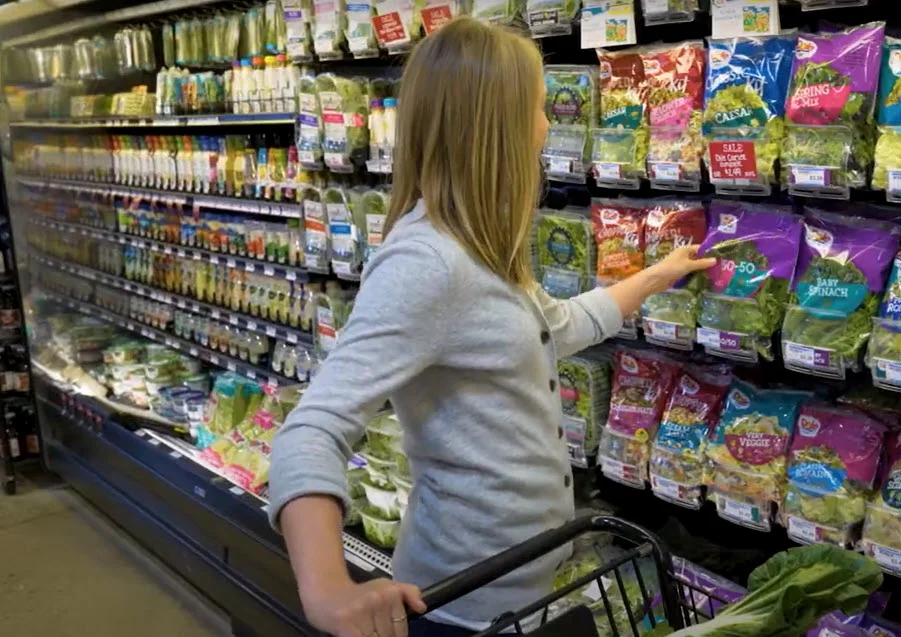
3. Align Store Layouts with Shopper Intent
Store design directly shapes how shoppers perceive value, navigate categories, and complete trips. As back-of-house operations evolve, the sales floor must also adapt—through layouts, category flow, and merchandising strategies built for speed, clarity, and conversion.
Perimeter departments continue to gain importance, driven by demand for freshness, health, and convenience. Center store space, meanwhile, is being streamlined to enable faster missions and better margin performance. In fact, retailers are reallocating up to 30% of traditional center store space to higher-performing categories, curated adjacencies, and private label spotlights.
This reflects a broader move toward flexible, shopper-driven merchandising. Tools like pusher trays are also playing a growing role, helping to keep product facings fresh and prominent—especially in high-traffic perimeter zones.
What You Can Begin to Do Now:
- Reallocate and remerchandise center store space. Shift underperforming areas toward private label, mission-driven groupings, and higher-margin categories.
- Strengthen perimeter visibility and trip flow. Prioritize fresh, grab-and-go, and wellness-forward zones along key pathways—with clear signage, lighting, and layout cues.
- Keep shelves shopper-ready. Pusher trays, for example, front-face products automatically, speed up restocking, and reduce shrink through better rotation.
- Strengthen value and brand story. Use signage and display language to communicate pricing, health benefits, or product differentiation—reinforcing trust and discovery.
- Enable quick resets and test cycles. Build merchandising strategies that flex easily for seasonal rotations, trial assortments, or vendor partnerships.
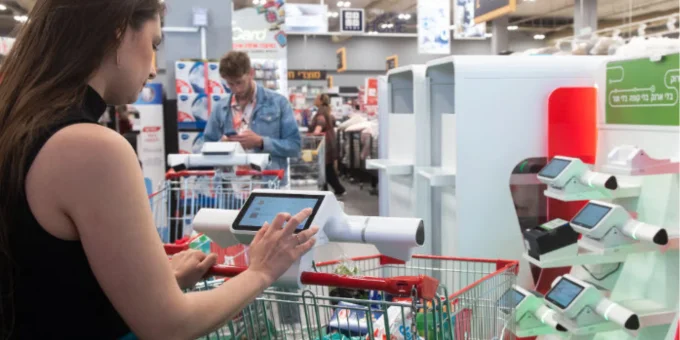
4. Reinvent Checkout for Speed—and More
Waiting in line at checkout remains one of the most frustrating moments in the store experience. According to Waitwhile, nearly 70% of consumers associate waiting in line with negative emotions like frustration, impatience, and annoyance.
Retailers have responded by expanding self-checkout—but many are now going further. Frictionless models like mobile checkout, scan-and-go, and AI-powered smart carts are gaining traction. In fact, some of these tools do more than reduce wait times. They can support personalization, simplify labor, and even activate in-aisle promotions digitally.
Shopic, for example, offers a clip-on smart cart device that recognizes products, shows running totals, and enables app-free payment—without reconfiguring your checkout lanes. In early deployments, this model has improved both speed and satisfaction by letting shoppers skip the lines without giving up control or clarity.
What You Can Begin to Do Now:
- Pilot frictionless checkout models. Test smart carts, app-based checkout, and scan-and-go in priority stores to evaluate impact on shopper flow and satisfaction.
- Design flexible checkout zones. Support multiple checkout paths—self-service, staffed, or mobile-enabled—within layouts that adapt to different shopper needs.
- Position staff to ease the transition. Use greeters or mobile checkout coaches to promote adoption and build shopper trust in new formats.
- Clarify signage and flow. Make all checkout options visible, intuitive, and clearly guided with signage and layout cues.
- Track checkout engagement and performance. Monitor metrics like abandonment, time-to-complete, and overall flow to refine layout and staffing decisions.
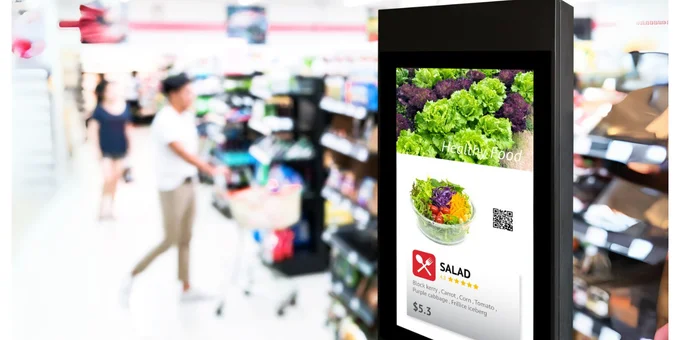
5. Activate In-Store Media to Drive Action and Revenue
Retail media is becoming a powerful tool for in-store growth—generating incremental revenue while enhancing the shopper journey. Global spending on digital retail media is projected to grow at an 8.7% CAGR, reaching $168 billion by 2027.
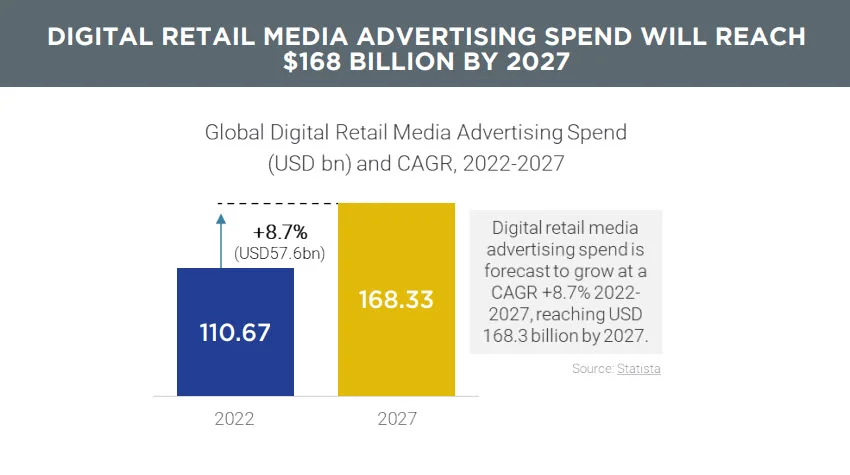
More specifically, retailers are using coolers, endcaps, and checkout zones, for example, as dynamic brand messengers. Paired with loyalty data and AI, these placements can deliver personalized, real-time content that drives engagement and basket lift.
In a margin-conscious environment, in-store media isn’t an add-on—it’s a key strategy that can also deepen shopper loyalty.
What You Can Begin to Do Now:
- Prioritize high-impact zones. Activate coolers, endcaps, and checkout lanes with digital screens or branded displays that maximize shopper dwell time.
- Tailor media to the moment. Use time of day, trip mission, and category to trigger relevant, non-disruptive content.
- Leverage loyalty and POS data. Target messages based on purchase behavior and shopper history to increase personalization and lift.
- Measure by zone and tactic. Track impressions, conversion, and sales lift by store section—not just campaign.
- Coordinate media execution across teams. Align content calendars, merchandising schedules, and in-store operations to ensure smooth delivery.
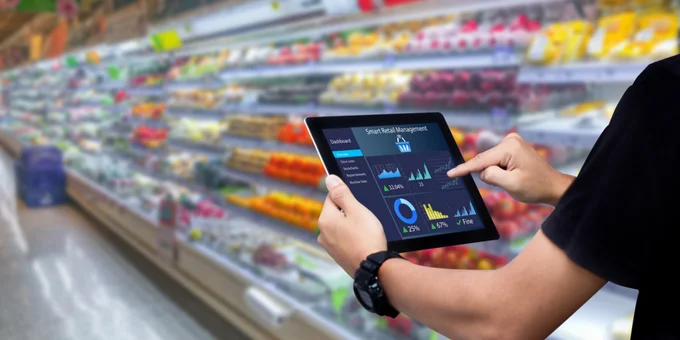
6. Design Pilots That Lead to Smarter Decisions
A promising idea is just the starting point. Whether the goal is rollout, refinement, or a reset, what happens next depends on how well the store pilot is designed—and whether it delivers results you can trust.
Pilots and prototypes often fall short not because the concept isn’t viable, but because the testing isn’t structured to produce reliable data. That requires defined control groups, consistent KPIs, and a plan for capturing the right information.
Planning and structure matter. Without them, it’s difficult to measure performance, compare results, or move forward with confidence. The best pilots reflect real-world conditions, target a clear business goal, and involve the right people early—including the partners who can help along the way.
What You Can Begin to Do Now:
- Define a focused business outcome. Choose clear, measurable success criteria—such as labor savings, shrink reduction, or margin lift—and design your test around those goals.
- Pilot under real conditions. Choose test and control stores that mirror your broader mix of formats, shopper types, and operational realities.
- Align ownership and expertise. Assign a clear lead and engage cross-functional stakeholders—e.g., ops, merchandising, IT—before the pilot begins.
- Use a test plan built for decision-making. Establish a baseline, document variables, and make sure your pilot is structured to produce reliable data—not just anecdotal wins.
- Engage outside expertise as needed—before, during, and/or after the pilot. Clarify where partners can strengthen and support any or all stages of your process.
What’s Next? Ready When You Are
Innovation moves fast. You need a partner who can keep up—and help you move from concept to rollout without losing momentum. Marmon Retail Solutions brings together 11 retail-focused brands to deliver connected expertise across the brick-and-mortar retail experience.
Whether you’re exploring solutions for a specific challenge or ready to pilot something new, we’re here to help. Let’s talk about your next move.
Additional Resources
Delve into further detail and gain more tips and insights with the following related resources.
Navigating Retail Disruption: The Strategies Helping Stores Thrive in an Omnichannel World
The Outlook for Omnichannel Retail in 2025 and Beyond
What’s Driving the Next Generation of Retail Store Formats?
How to Innovate Click and Collect Operations for More Efficiency AND Profitability
Center Store Shopping Trends for 2024 and Beyond
3 Global Perimeter Grocery Shopping Trends: See How This Critical Store Section Is Evolving
How Retail Pusher Trays Lower Operating Costs AND Increase Customer Basket Size
Retail Media Trends and Examples for Brick-and-Mortar Stores
4 Questions to Determine if Your Retail Innovation Is Pilot-Ready
The Right Way to Pilot Your Retail Innovation, Right from the Start
Expert Tips for Calculating the ROI of a Piloted Retail Innovation
From Big Idea to Successful Rollout: How to Create a Winning QSR Prototype